The plantar pressure analysis system is a kind of measuring and analyzing equipment used to analyze the pressure distribution in different areas of the foot when standing or walking. Widely used in medical rehabilitation, sports science, shoe development and other fields.
The working principle of the foot pressure analysis system consists of two parts: pressure sensors and data collection analysis system.
How it works: Pressure sensing
The plantar pressure analysis system consists mainly of a high-density array of pressure sensors, which can be mounted on a flat surface or embedded in wearable insoles. In dynamic systems, sensor array are integrated into the insoles.
When a person stands or walks, the foot makes contact with the sensor, producing a pressure signals.
Common pressure sensors are resistance sensors, capacitance sensors, piezoelectric sensors and fiber optic sensors. 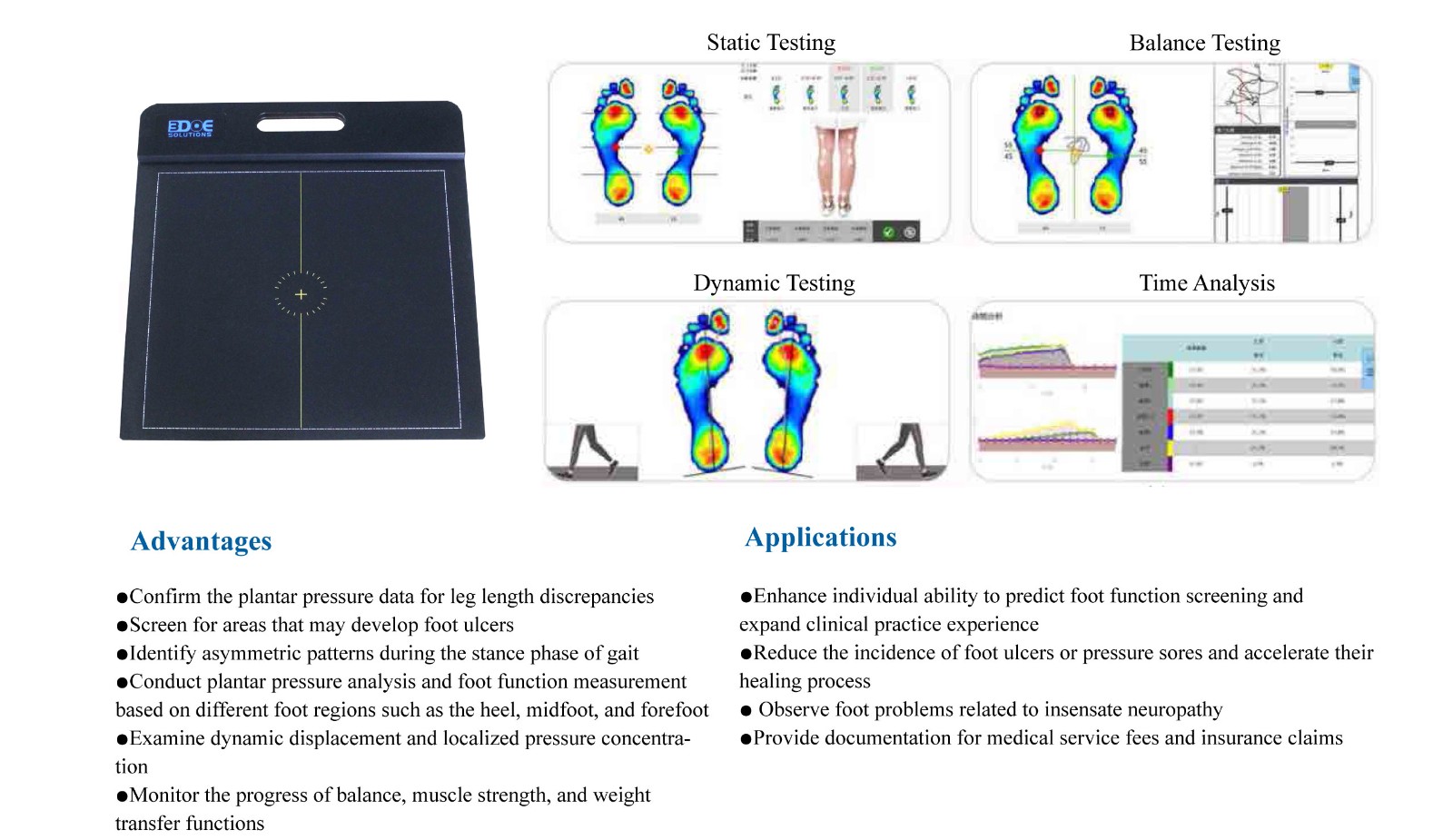
Form: High density pressure sensor array.
How it works: When pressure is applied to the foot, the physical properties of the sensor change (e.g., resistance changes), and the resulting signal is amplified and filtered by a acquisition circuit, then converted from an analogue to adigital signal, which is analyzed by a computer.
In dynamic data analysis, changes in pressure over time were recorded using high-speed sampling frequencies (over 100Hz) and spatial coordinate mapping.
Some systems are equipped with cameras or infrared tags to synchronize analysis of pressure distributions and gait videos.
Data collection and analysis: The software converts the collected pressure data into a color-coded pressure distribution (red for high pressure, blue for low pressure) and calculates parameters such as peak pressure, pressure center (COP), left and right foot pressure symmetry, and time distribution of each foot support stage.

 +86-0755-86131192
+86-0755-86131192 2025-10-09
2025-10-09 Back to list
Back to list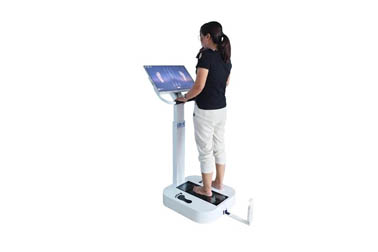
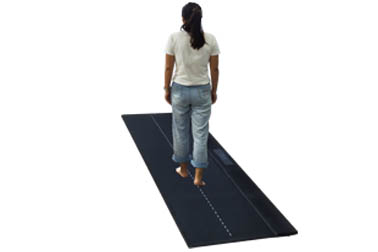
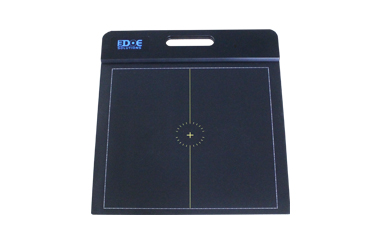
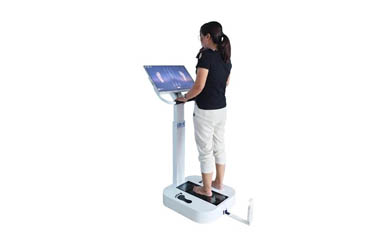
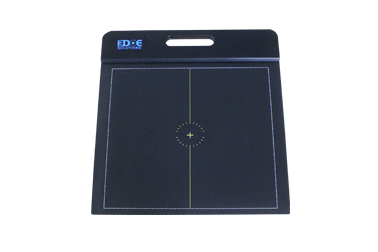
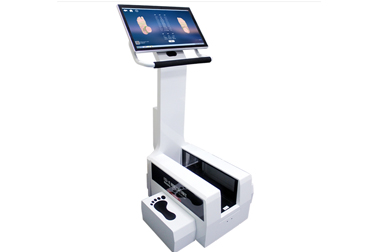



 +86-0755-86131192
+86-0755-86131192